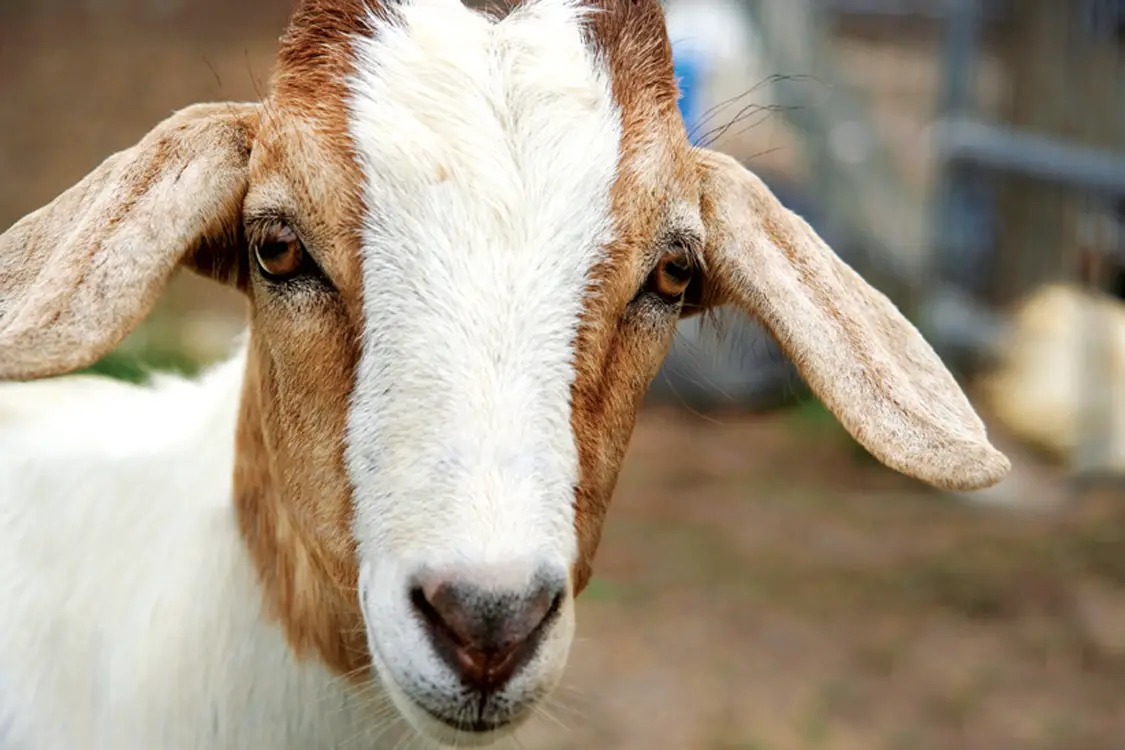
In this complete guide to pink eye in goats, we answer the most common questions that farmers ask about this condition, including causes and treatments (home remedies and the best medicine), and more.
Pink Eye is a term that describes the contagious and infectious disease of goats, sheep and other animals. Pink eye is a common disease of summer and especially of young animals. However, this disease can affect the goats of all ages during any time within a year. The other famous name for pink eye is “Kerato-conjunctivitis (swelling of both cornea and conjunctiva)”.
Table of contents
What Causes Pink Eye in Goats?
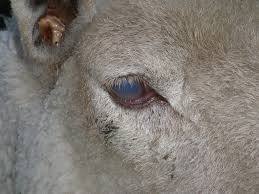
There are two types of pink eye in goats. Infectious pinkeye usually caused by bacteria or virus. The infectious pinkeye is contagious and is the most common type of pinkeye that occurs in the goats. The non-infectious pinkeye can be due to continuous exposure to sunlight, or blowing dust, and dusty hay.
Pink eye affects the goats worldwide. The causative agent of pink eye in goats is a combination of the bacteria or virus. The bacteria that cause pink eye in goats include Mycoplasma species, Chlamydia species. These bacteria mainly target cornea and conjunctiva if the goats.
The pink eye usually needs a combination of different causative bacteria along with some trauma or irritation to the lining of the cornea from certain things like dryness, dust, dirt, or ultraviolet light.
The pink eye is a contagious disease (a disease that spread from one another) and spread quickly in a susceptible group of goats.
Predisposing factors comprise:
- Overcrowding that will permit more direct contact within the goats
- Hot, dusty, dry conditions
- Season of flies, i.e. more in the summer season
- Any food material that can enter the eyes
- Any kind of stress like excessive handling, poor nutrition in the feed, sudden change in the climate.
- Kidding and weaning
- Underlying disease like pneumonia or abortion in female goats
Symptoms of Pink Eye in Goats
Pink eye usually occurs as a disease of a herd or a flock. The condition often appears in the flock via the introduction of infected animals. The causative agents that develop the pink eye in goats, remained in the carrier goat, and resistant goats. The transmission of the disease occurs via direct contact. The goats raised under intensive management are more prone to the pink eye.
The common signs and symptoms in goats due to pinkeye are:
- Blood-spot eye
- Discharge from the eyes
- Closed eyelids
- The reddish cornea in the early stage
The pink eye may affect one or both eyes of the goats. The goats with one infected eye may go unnoticed as the healthy eye is usually facing the farmer. The goats having pink eye may blink the eyes continuously and may have the problem to withstand the sunlight.
The side of the face having effective eye may become wet due to continues eye discharge. The eyes may become opaque and cloudy. The goats may have ulcer development in the eyes. Pink eye in goats may lead to blindness which is temporary in some cases while permanent in severe cases.
The goats suffering from pinkeye may have difficulty in finding water and food as they cannot have a clear vision of the feed. Therefore, goats having temporary blindness must be fed through hand-feeding to avoid any production losses.
Pink Eye in Goats Treatment – Major Treatments
Total isolation for the goats that develop pinkeye is recommended and should be kept far away from the healthy herd. The separated goats should have a dry, comfortable, clean, and shady shelter. The best treatment for pinkeye is to inject antibiotics into the body of the goats or directly in the eyes of the goats.
Goat Pink Eye Medicine
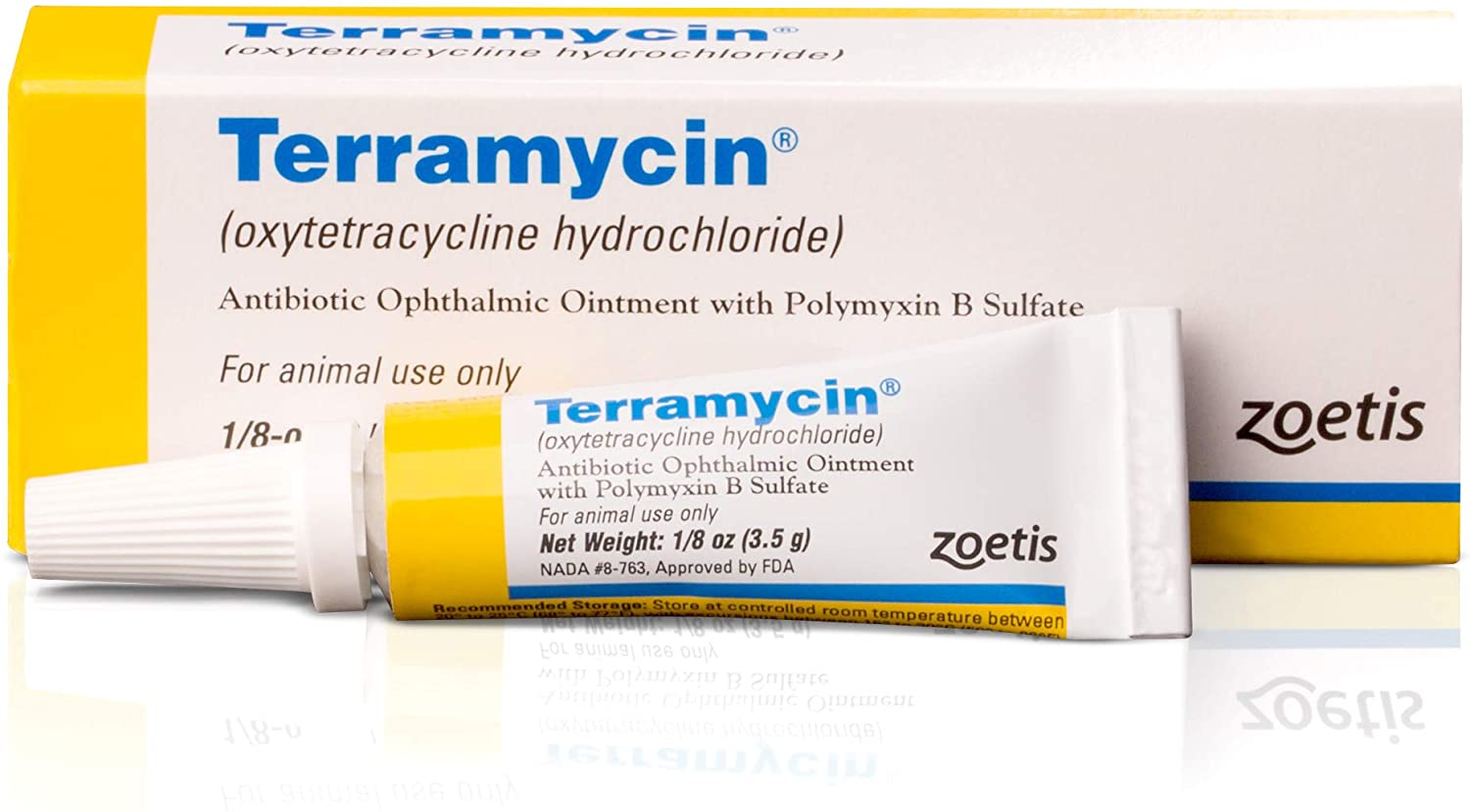
Application of Terramycin ointment into the eyes of the goats two to four times in a day will help to reduce the pinkeye. These ointments are applied directly to the eyes. Ointments are less irritating to the eyes. However, it is always better to clean the face and removal of the debris from the face of the goat before applying the ointments.
Nevertheless, if treating the goat 2-4 times a day is not possible, then long-acting antibiotics like penicillin or oxytetracycline injected into the body will help the goats to recover from the pinkeye. Adding oxytetracycline in the feed is effective in treating pinkeye.
If the eyes have ulcers due to pinkeye, then a combination of Polymyxin b sulfates, Neomycin, and Bacitracin Zinc is very effective against the ulcers in the eyes. Apply the ointment twice a day until the cloudiness or ulcers gone. The goats may develop blindness, but with adequate treatment, the slight can be then restored. A white scare may occur over the eyeballs after the healing of the ulcers.
Never use any steroid for ulcers in the eye as it may cause the permanent eyesight loss in goats. The blood vessels must grow in the back of the eye for healing. The steroids will interfere with the growth of the blood vessels. If the causative agent of pinkeye is a virus, then the use of steroid will make the things worse for the goats.
Pink Eye Spray for Goats
The best spray to deal with pinkeye in goat is to use gentamycin spray. It is best to spray the goat at least twice per day, for consecutively five days. However, avoid using any steroid for the eyes having ulcers in it.
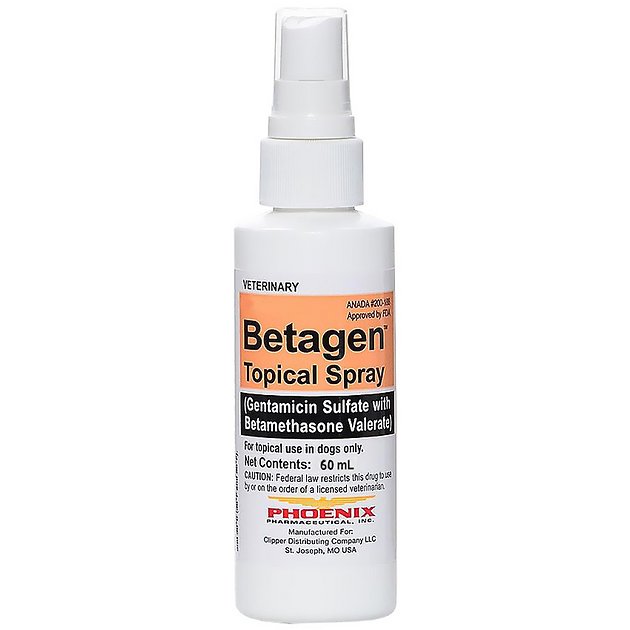
Home Remedies for Pink Eye in Goats
The home remedy to treat the pink eye in goat is to remove any debris around the eyes of the goats with a warm washcloth. Then with the help of a needle-less syringe add a few drops of cod liver oil into the eyes of the goats.
However, make sure that drops from the eyes don’t go into the mouth as it may take some bacteria into the mouth. At last, clean the face of the goat with mouthwash using cotton balls. Make sure the mouthwash doesn’t go in the eyes as it is irritating to the eyes. This washing will help to keep the flies away from the goat and prevent further spread of the disease.
Can Humans Get Pink Eye from Goats?
Humans are at risk of getting pink eye from the goats. Goat’s pink eye is a contagious disease, and it can pass to humans easily from the infected goats.
Pictures of Pink Eye in Goats

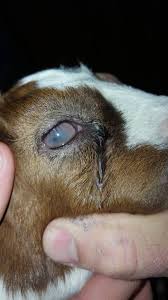
Video: Pink Eye in Goats
References:




